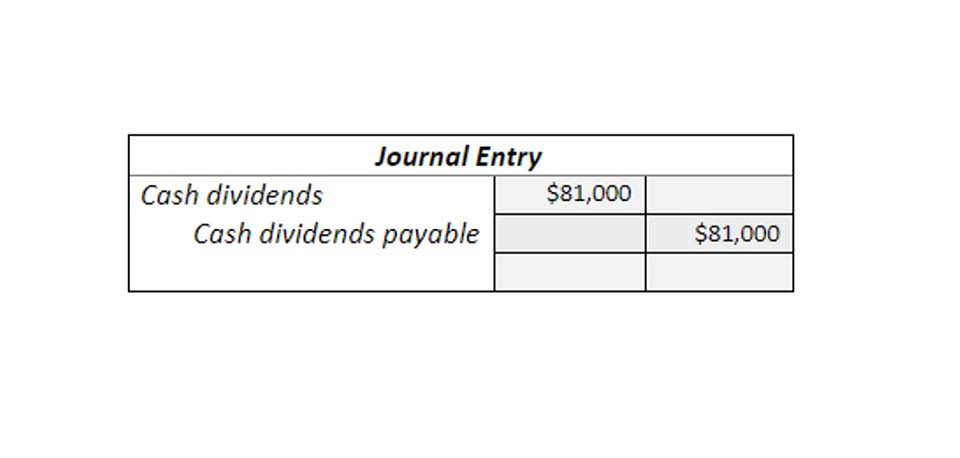What is the Role of Full Cost vs Successful Efforts Accounting in Oil and Gas Financial Reporting?
Скачать Бетсити На Андроид Приложение Букмекерской Конторы Betcity Для Androi
13 Ocak 2023Pin Up On Line Casino Aviator Pin Upwards Apostas Esportiva
15 Ocak 2023What is the Role of Full Cost vs Successful Efforts Accounting in Oil and Gas Financial Reporting?

This post is to be used for informational purposes only and does not constitute formal legal, business, or tax advice. Each person should consult his or her own attorney, business advisor, or tax advisor with respect to matters referenced in this post. Resolve assumes no liability for actions taken in reliance upon the information contained herein. Remember that, the accounting oil and gas accounting tips above, and the NAV model, and you’ll be more than ready to dominate your interviews.
Successful Efforts Approach
- Choosing the right factoring partner involves careful consideration of terms, support, and costs.
- Successful efforts accounting offers precision in attributing costs to successful ventures but may result in greater volatility in financial reporting due to the immediate expensing of unsuccessful explorations.
- Doing so minimizes potential disruptions in funding that could arise from sudden financial downturns in the factoring company.
- As a non-loan option, factoring offers advantages over traditional loans, especially in a volatile industry like oil and gas.
- Production imbalances, where partners in a joint venture may take more or less than their share of production, also require meticulous accounting to ensure that revenue is accurately reported.
Initially, the oil company, often referred to as the contractor, bears all exploration and development costs. These costs are recoverable from the production, known as “cost oil,” once commercial production begins. The remaining production, termed “profit oil,” is then split between the state and the contractor according to a pre-agreed formula.
Sent your message successfully!
- This process is especially valuable for businesses needing funds to cover essential operational costs.
- A diversified oil & gas company has slightly different statements and you see more items related to its midstream and/or downstream capabilities; for a good example, click here to view Exxon Mobil’s financial statements.
- Factors such as declining oil prices, increased operating costs, and changes in regulatory environments can trigger impairment reviews.
- Contracts in the oil and gas sector are often intricate, incorporating varied payment terms and conditions that can impact factoring agreements.
- Optimizing the supply chain allows oil and gas companies to maximize the advantages of factoring.
- Selecting a partner with industry-specific experience can enhance the effectiveness of a business’s cash flow management strategies.
The operator is responsible for maintaining detailed records of all transactions and providing regular financial reports to the non-operating partners. These reports enable the non-operating partners to account for their share of the joint unearned revenue venture’s activities in their financial statements. One of the primary considerations in joint venture accounting is the method of accounting to be used. The two most prevalent methods are the equity method and the proportionate consolidation method.

Oil & Gas Modeling: Projecting Revenue and Expenses on the Financial Statements
Depletion, depreciation, and amortization (DD&A) are critical components of financial accounting in the oil and gas industry, reflecting the gradual consumption of capital assets over time. Depletion pertains specifically to the reduction in the value of natural resources as they are extracted, while depreciation and amortization apply to tangible and intangible assets, respectively. Accurate DD&A calculations are essential for providing a realistic view of a company’s financial health and asset value. Explore essential oil and gas accounting practices, from cost types to revenue recognition and financial reporting standards. The accounting method that a company chooses affects how its net income and cash flow numbers are reported.

In the oil and gas industry, the Partnership Accounting choice of accounting method can significantly influence financial statements and investment decisions. Accounting in the oil and gas industry is a specialized field that requires a deep understanding of both financial principles and sector-specific practices. The complexity arises from the unique nature of exploration, extraction, and production activities, which involve significant capital investment and long-term project timelines.

- This estimation is crucial as it directly impacts the rate at which costs are allocated over the productive life of the asset.
- These assets and liabilities are typically recorded on the balance sheet of the operator, who manages the day-to-day operations of the joint venture.
- Oil and gas companies often face delayed payments from large customers, making immediate cash crucial for daily operations.
- Depreciation and amortization, on the other hand, apply to tangible and intangible assets, respectively.
- Course DescriptionOil and gas operations have some of the most unique accounting issues found in any industry.
The appropriation of costs and recognition of revenues are governed by financial accounting standards, which require oil and gas companies to present their accounts clearly and consistently. This allows investors, regulators, and stakeholders to make informed decisions based on the company’s reported financial health. Accurate JIB statements are essential for maintaining transparency and trust among joint venture partners. Companies often employ specialized software like Quorum Joint Venture Accounting or P2 BOLO to manage these complex transactions, ensuring that all parties receive timely and accurate financial information. Joint venture accounting is crucial to accurately reflect each participant’s share of costs, revenues, and other financial aspects.
Risk & Financial Advisory

When companies employ the successful efforts method, investors may perceive a more accurate reflection of a company’s operational success and risk management in the exploration phase. Conversely, the full cost method may appeal to investors seeking more smoothed earnings figures, as it avoids significant fluctuations in profitability. The chosen accounting method can significantly influence investors’ assessment of financial health, impacting their confidence in the management and the long-term sustainability of the company. Therefore, transparency in accounting practices is essential for maintaining investor trust and securing capital for future explorative and extractive activities. One of the unique aspects of taxation in this sector is the concept of “ring-fencing,” where the tax liabilities of a company’s oil and gas operations are isolated from its other business activities.






